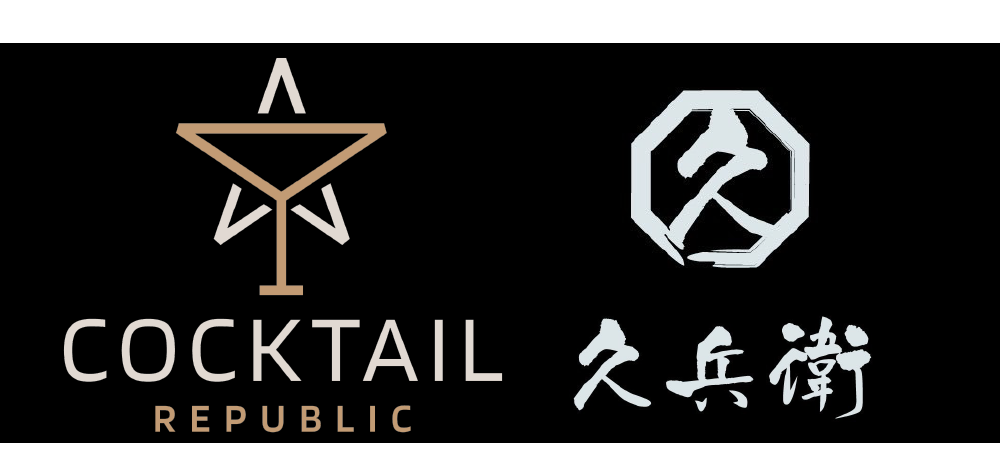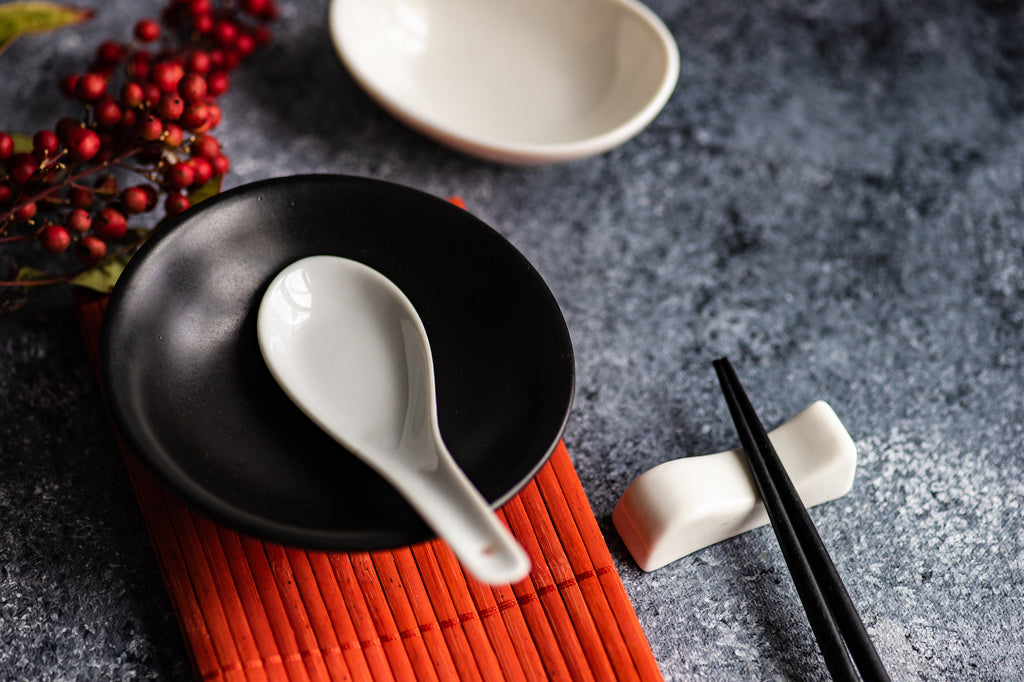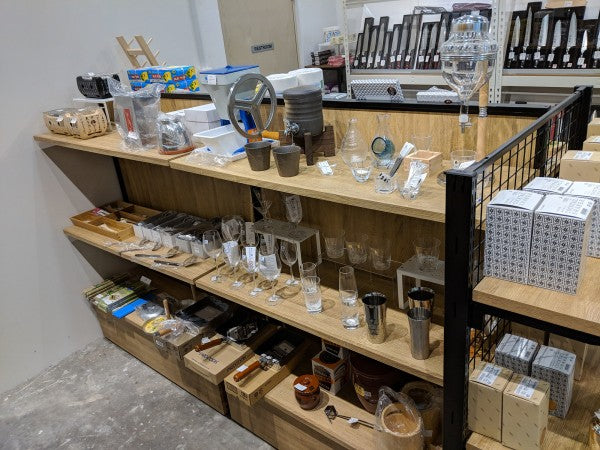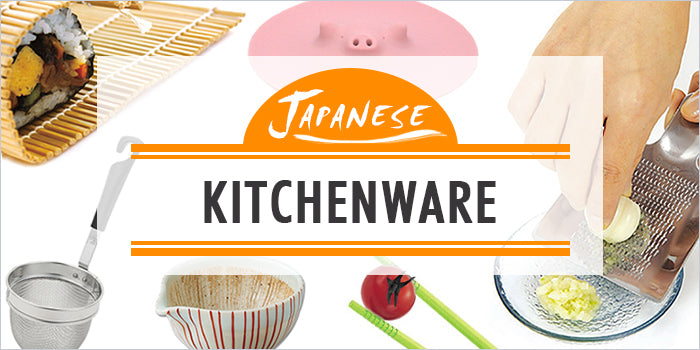Drinking tea is gracious and soul lifting, hence you should take proper care of the kitchenware and utensils for making tea. If you make tea the Japanese way, then you certainly must be using the Japanese cast iron teapot for it, and this post is about how you should take care of the pot.
Locally called tetsubin, the Japanese majorly use the cast iron teapot for making tea out of sencha, a type of tea leaf. Many people prefer this teapot because it distributes heat evenly and retains it for a longer period. If handled with care, it can last very long, for many years.
This Japanese cast iron teapot is unique and maintaining it is different from other Japanese kitchenware, as the techniques are not the same. The tetsubin mostly comes with a protective enamel coating inside of it to fight against rusting.
Cleaning a cast iron teapot is done in a special way. Firstly, don’t just rush to clean it after using it; give it time to cool completely. Use warm water for rinsing it, but totally avoid using detergents used for washing dishes to wash your cast iron teapot.
It might be tempting to scrap the inside part of the teapot, but you should never do so with any abrasive pad because this might damage the enamel coating, exposing it to rust.
When you finish rinsing the Japanese cast iron teapot with warm water, use a soft cloth that is clean to wipe the inner part of the teapot, then use the same cloth in wiping the outside part of the pot. When you are done cleaning, place the teapot upside-down on top the kitchen counter and let it air dry.
The tetsubin is designed to withstand rust, and this is made possible because of the enamel used in coating the inside of the pot. However, if you notice rust formation, probably because of improper maintenance habit, use a soft brush to clean the rusted area. The next step to take is filling the teapot with boiling water together with tea leaves that have already been used. The lid of the teapot should be closed, then give the tea leaves about 20 – 25 minutes to steep. After that, throw away the tea leaves and the water from the teapot. This works in stopping the rust from happening again because the tannin in the tea mixes with the rust, causing a reaction that forms a natural seal.
Japanese cast iron teapots should always be hand washed, but it is important never to place the teapot in the dishwasher. Also, with the methods stated above, ensure that both the inside and outside of the pot are thoroughly dried before storing it. This is because rust can occur even with the tiniest drop of water left in the pot.
Additionally, oil or salt shouldn’t be allowed to touch the teapot because it will lead to corrosion. Even though the cast iron teapot is designed for making tea, you shouldn’t allow water or steeped tea leaves to stay inside for a very long time. This is because it will lead to weakening of the enamel coating that is protecting it, encouraging rust. In addition to the above tips, the cast iron teapot shouldn’t be placed on top of a gas stove or in a microwave.
These are helpful tips for taking care of the tetsubin, and if you follow them religiously, your Japanese cast iron teapot will last for a long time. Take proper care of your teapot, enjoy the goodness of Japanese tea!





